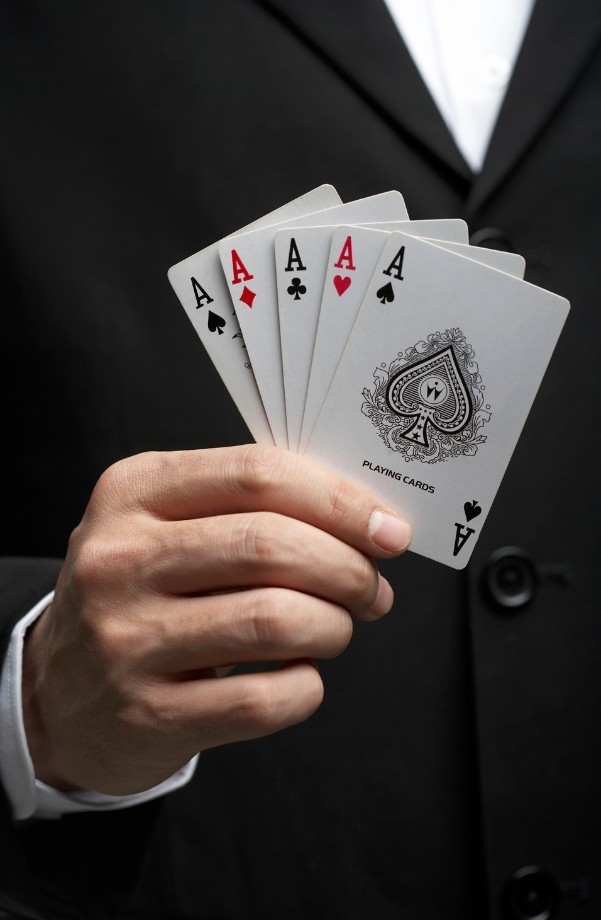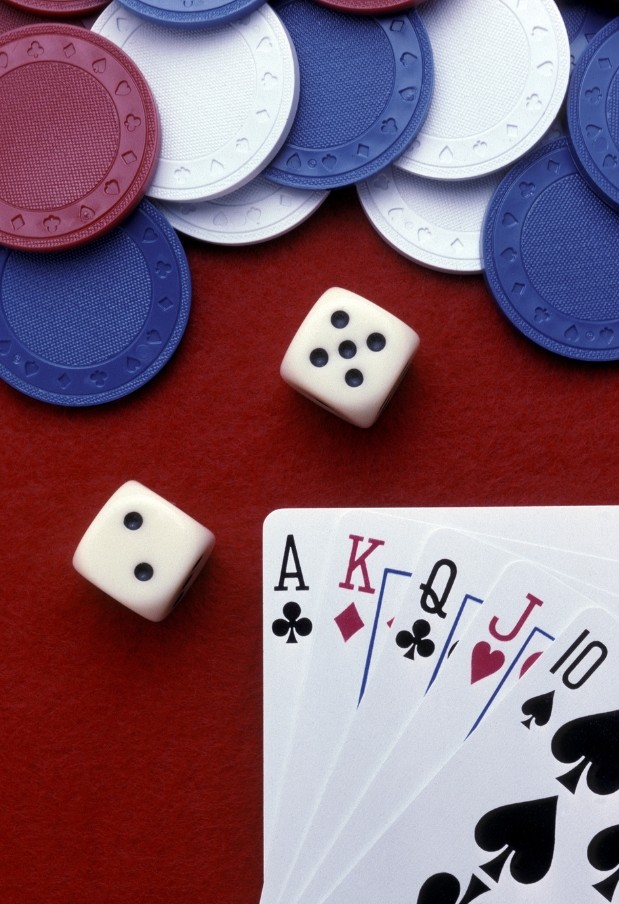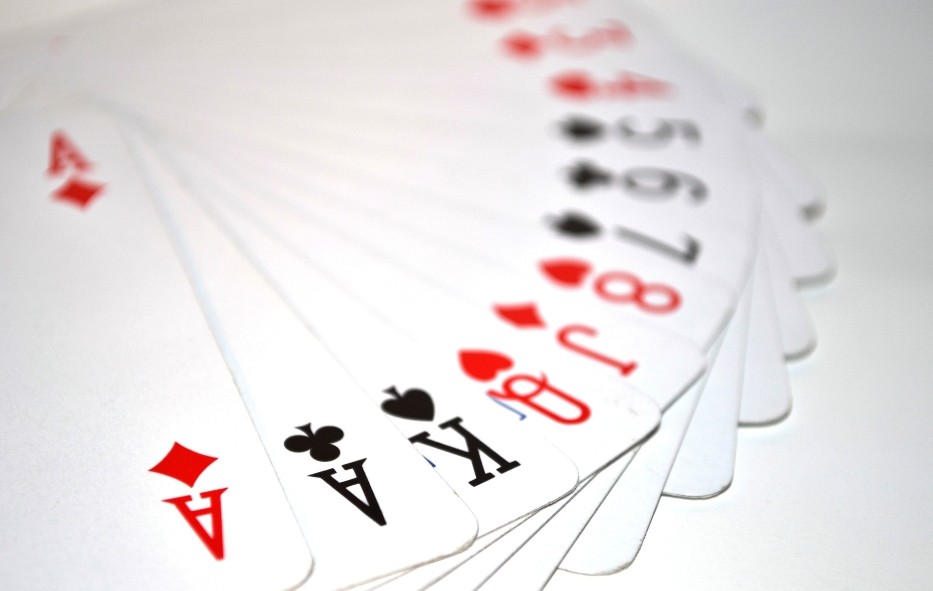News
The Origins and Cultural Significance of Playing Cards
The Origins and Cultural Significance of
Playing Cards
Playing Cards, a ubiquitous and beloved
pastime enjoyed by people of all ages, have a rich and intriguing history that
spans centuries and continents. This article delves into the origins of playing
cards and explores the cultural significance they hold in various societies
around the world.

Origins of Playing Cards
The exact origins of playing cards remain a
subject of debate among historians and scholars. However, several theories have
emerged over time, each with its own unique perspective. One of the most widely
accepted theories is that playing cards originated in China, with early forms
dating back to the Han Dynasty (206 BC – 220 AD). These early cards, known as
"leaf games" or "leaf dramas," were used for divination and
entertainment purposes.
It is said that during the warring period
between the Chu and Han dynasties, Han Xin invented these cards to alleviate
the soldiers' homesickness. These cards, which only had numbers and suits,
later evolved into the more complex playing cards we know today. In the 20th
century, Marco Polo is credited with introducing this card game from China to
Europe, where it quickly gained popularity.
Another popular theory is that playing
cards originated in India from the "Tarot cards" used for divination.
These cards were later spread to the West by the Gypsies. Over time, the design
and rules of playing cards evolved, leading to the standardized 52-card deck we
use today.

The Structure of Playing Cards
A standard deck of playing cards consists
of 52 cards, divided into four suits: spades, hearts, clubs, and diamonds. Each
suit contains 13 cards, ranging from the Ace (A) to the King (K). In addition
to these 52 cards, most decks also include two jokers, which can be used as
wildcards depending on the game rules.
The suits and their corresponding symbols have rich cultural significance. For instance, spades are often associated with olive leaves, symbolizing peace; hearts represent love and wisdom; clubs are derived from clover leaves, symbolizing happiness; and diamonds represent wealth. The face cards (J, Q, K) depict historical figures, with each suit having its own unique set of characters.
Cultural Significance of Playing Cards
Playing cards have transcended their
original purpose as a mere pastime and have become a rich source of cultural
symbolism. In many cultures, the suits and face cards are imbued with deeper
meanings that reflect societal values and beliefs.
For instance, in Chinese culture, the four
suits of playing cards are said to represent the four seasons of the year:
spades for winter, hearts for spring, clubs for summer, and diamonds for fall.
This symbolism is further enhanced by the fact that each suit contains 13
cards, corresponding to the 13 weeks in a season.
The face cards also hold special
significance. The kings (K) often depict famous historical rulers, such as
Charlemagne (Hearts K), David (Spades K), Alexander the Great (Clubs K), and
Caesar (Diamonds K). The queens (Q) represent prominent female figures, while
the jacks (J) are usually depicted as knights or attendants.

In addition to their cultural symbolism,
playing cards have also been used in various other contexts, such as magic
performances, tarot reading, and even as a tool for teaching and learning. The
versatility and popularity of playing cards make them a unique and enduring
part of human culture.
Conclusion
Playing cards, with their rich history and
cultural significance, continue to captivate people around the world. From
their origins in ancient China and India to their modern-day popularity in
various forms and contexts, playing cards have evolved into a symbol of human
creativity and ingenuity. As we enjoy a game of poker, bridge, or any other
card game, let us not forget the fascinating story behind these humble pieces
of cardboard.
CATEGORIES
LATEST NEWS
CONTACT US
Name: Tom
Mobile:18019906815
Tel:0086-18019906815
Whatsapp:8618019906815
Email:Tom_arts@vip.163.com
Add: 168 Funan Road, Hefei, Anhui, China

